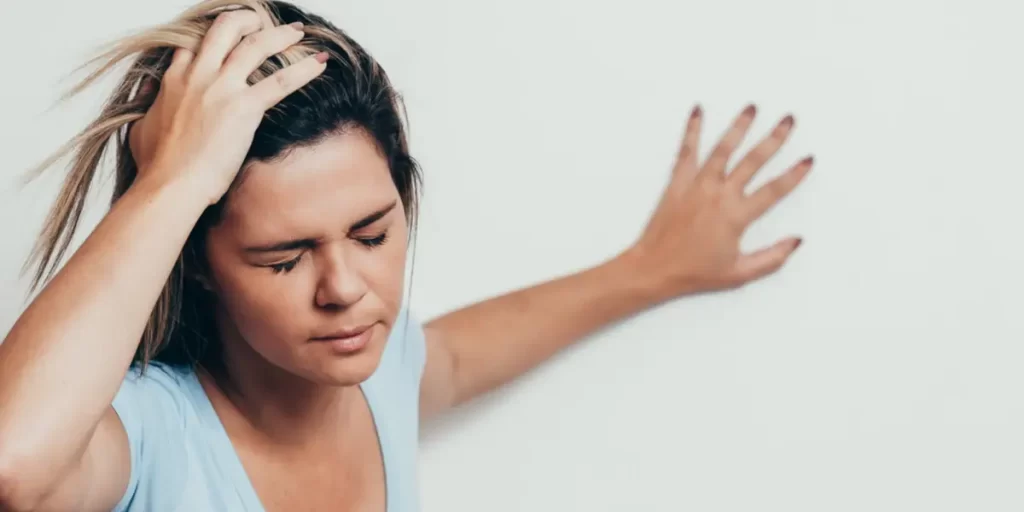Ultram Withdrawal & Detox Treatment
Written by Thomas Christiansen

Ultram is an opioid-like drug used for the prevention of moderate to severe pain. Ultram has two main mechanisms of action: it binds to opioid receptors in the brain and it prevents the reuptake of neurotransmitters such as norepinephrine and serotonin. These functions allow Ultram to prevent pain and decrease the perception of pain, respectively.
When Ultram was first prescribed by physicians, it was thought that it had a low risk of abuse. This belief was because Ultram binds to opioid receptors in the brain with a weaker affinity than other opioid drugs do. However, over time, it became more understood that Ultram addiction can occur. Some of the desirable effects experienced during Ultram use include euphoria, pain relief, relaxation, and sleepiness.
Dependence on Ultram can occur even if the medication is taken as prescribed. With long-term use, the individual using Ultram may develop a tolerance to the drug, meaning they need to take larger doses of Ultram to achieve the desired effects. The more Ultram is consumed, the more likely an addiction will develop. When an individual addicted to Ultram stops using the drug, they will likely experience symptoms of Ultram withdrawal.
Gradually, as the individual continues to abstain from using Ultram, they will experience Ultram detox. Withdrawal and detox from any drug can be dangerous and uncomfortable. The exact process of Ultram addiction withdrawal will differ given the severity of the person’s Ultram misuse and their dependence level. Knowing the signs and symptoms of Ultram withdrawal may help identify if someone you know struggled with Ultram misuse.
Symptoms of Ultram Withdrawal
Symptoms of Ultram withdrawal vary based on the severity of addiction to the drug.
Because Ultram works on the opioid receptors in the brain and the reabsorption of neurotransmitters, the Ultram-dependent individual may experience typical and atypical opioid withdrawal symptoms.
Early symptoms of Ultram withdrawal include:
- Flu-like symptoms, including headache, nausea, fatigue, body aches and sweating
- Restlessness
- Tremors
- Intense drug cravings
- Anxiety and agitation
- An increased heart rate
- Hypertension
- Insomnia
- Fast breathing
Once Ultram has left the bloodstream, symptoms of late withdrawal may occur which include:
- Depression
- Large pupils
- Digestive distress (e.g., vomiting, cramping or diarrhea)
- Poor appetite
- Difficulty concentrating
- Tremors
Less common, but more severe side effects of Ultram withdrawal include panic attacks, hallucinations, paranoia, confusion, and numbness or tingling in the extremities.
How Long Does Ultram Withdrawal Last?
The Ultram withdrawal duration differs given the severity of dependence on the drug. Once Ultram has left the bloodstream, which normally occurs in 12 to 24 hours following ingestion, the flu-like symptoms will appear and intensify. Physical symptoms of withdrawal most often reduce in severity within five to fourteen days. However, the psychological symptoms will persist. The duration and severity of withdrawal will depend on the amount of Ultram that was being taken on a daily basis, and the route of ingestion be it oral, intravenously, snorting, or smoking. Individuals taking larger doses will likely experience withdrawal symptoms for a longer period.
Ultram Withdrawal Treatment
It is important to receive the proper Ultram withdrawal treatment when discontinuing the use of the drug. Abrupt discontinuation of Ultram can lead to dangerous side effects, including increased intensity of withdrawal symptoms and thoughts of suicide. These intense symptoms may also cause the return to Ultram to use to eliminate unwanted side effects.
Health care professionals at a medical detox facility can ensure that the individual dependent on Ultram is properly tapered off of the drug. They can also help manage and monitor symptoms of withdrawal, thus ensuring the safety of the individual.
Ultram Detox
Once Ultram has been cleared by the body, the physical symptoms of withdrawal will begin to disappear. However, the cravings and psychological symptoms of withdrawal, such as depression and anxiety, can persist for weeks to months. These symptoms will reduce in severity over time as Ultram detox continues.
Over time and with hard work, cravings for Ultram will likely disappear. Ultram detox can be supported by inpatient or outpatient rehab. These programs help address the addiction and any co-occurring mental health conditions. Rehab will also help the individual with an Ultram dependence clarify their values, set goals for their recovery and develop a relapse prevention plan.
Finding an Ultram Detox Center in Washington or Oregon
The first step to recovery from Ultram addiction is to undergo detox. Finding the right detox center can be challenging and overwhelming. Whether you’re looking for a detox center in Oregon or a Washington, there are several factors you should consider when choosing the facility that is right for you:
- Do you feel comfortable at the facility?
- Are the staff attentive and professional?
- Do previous patients recommend the facility?

The Recovery Village Ridgefield Detox Center
5114 NE 94th Ave Vancouver, WA 98662
(877) 379-3021
If you or a loved one struggle with Ultram addiction, contact The Recovery Village Ridgefield today to speak with a representative about how professional addiction treatment can work for you. Take the first step toward a healthier future, call today.
Sources
National Institute on Drug Abuse. “What classes of prescription drugs are commonly misused?, What are opioids?” December 2018. Accessed September 7, 2019.
Food and Drug Administration. “FDA identifies harm reported from…” April 9, 2019. Accessed September 16, 2019.
View Sources
National Institute on Drug Abuse. “What classes of prescription drugs are commonly misused?, What are opioids?” December 2018. Accessed September 7, 2019.
Food and Drug Administration. “FDA identifies harm reported from…” April 9, 2019. Accessed September 16, 2019.
Authorship





